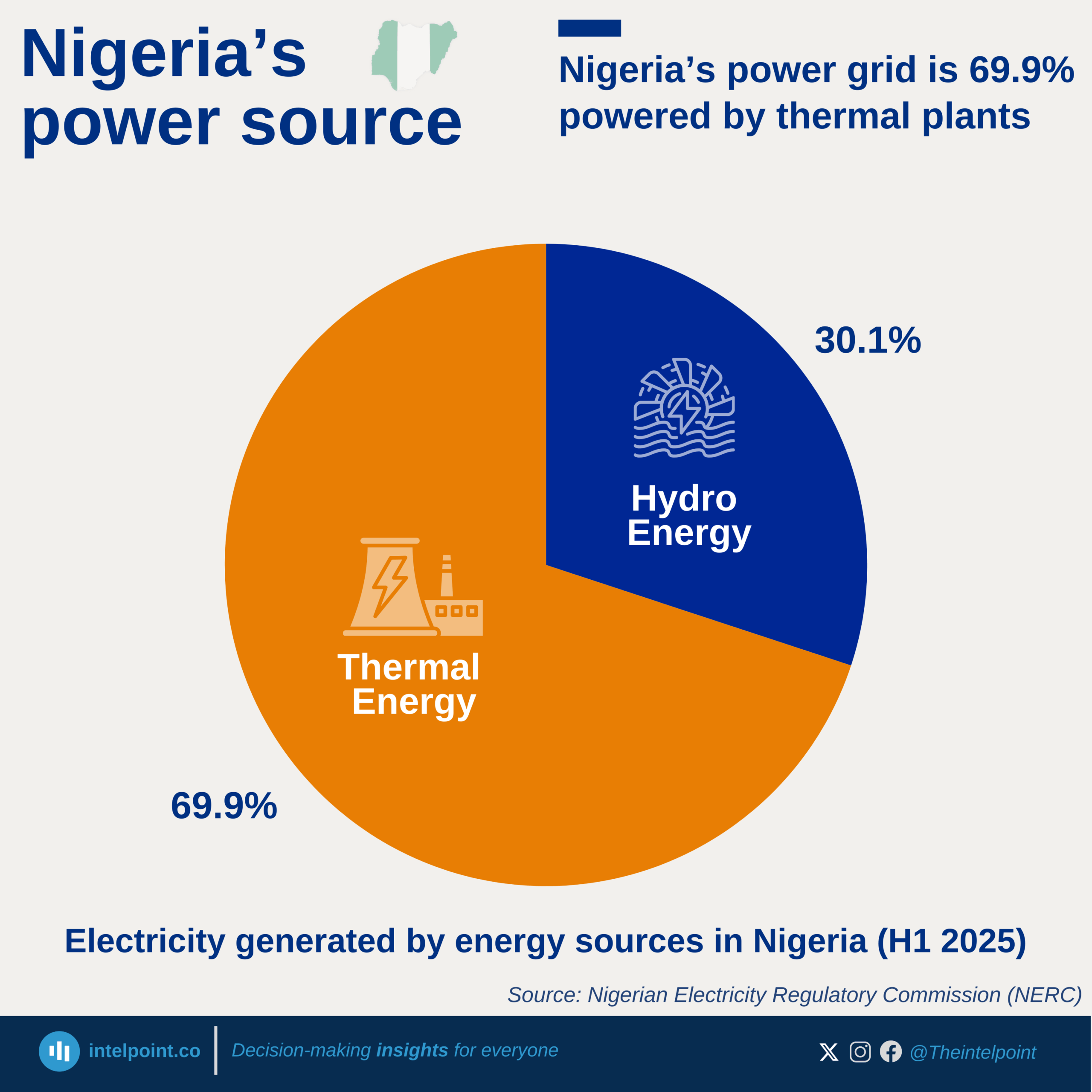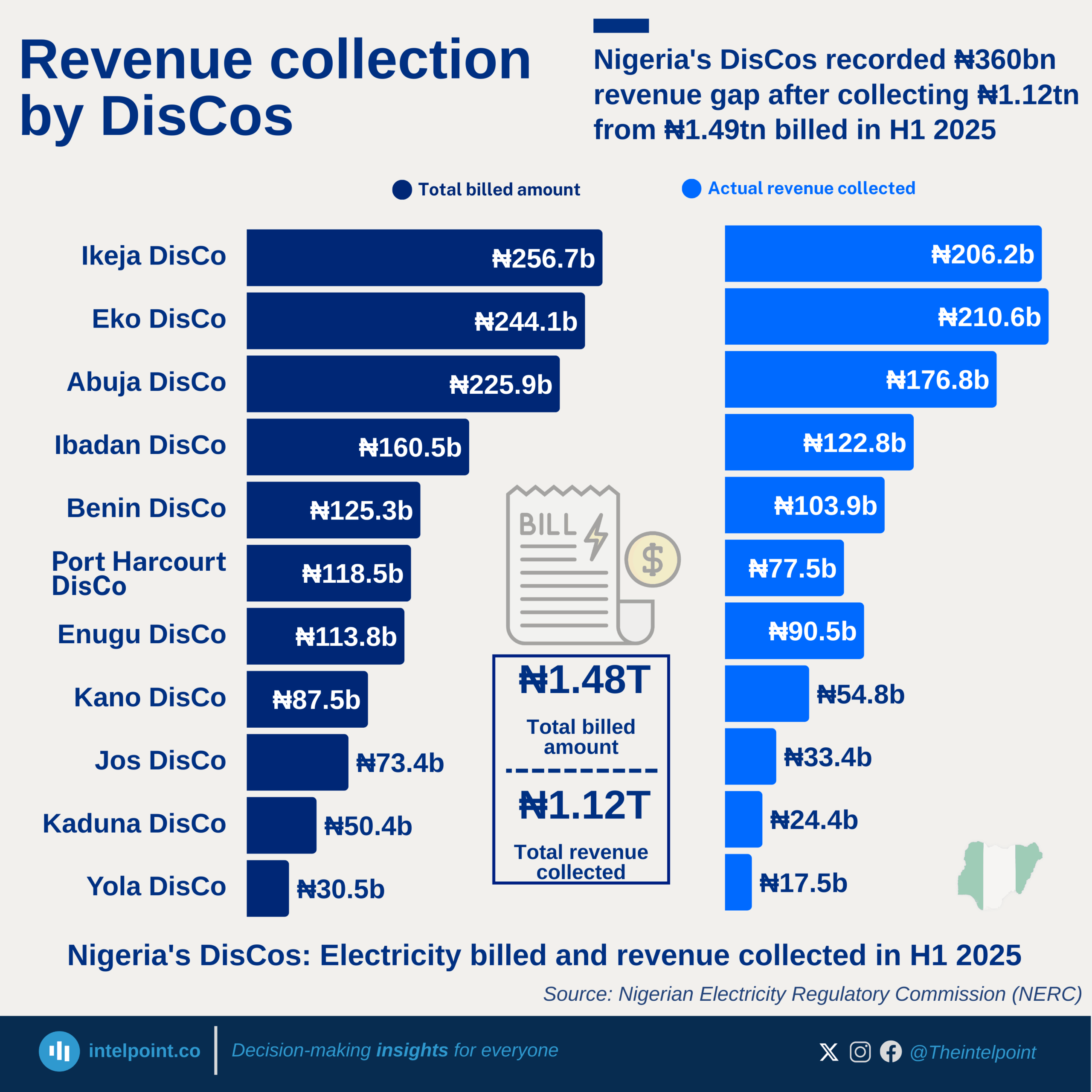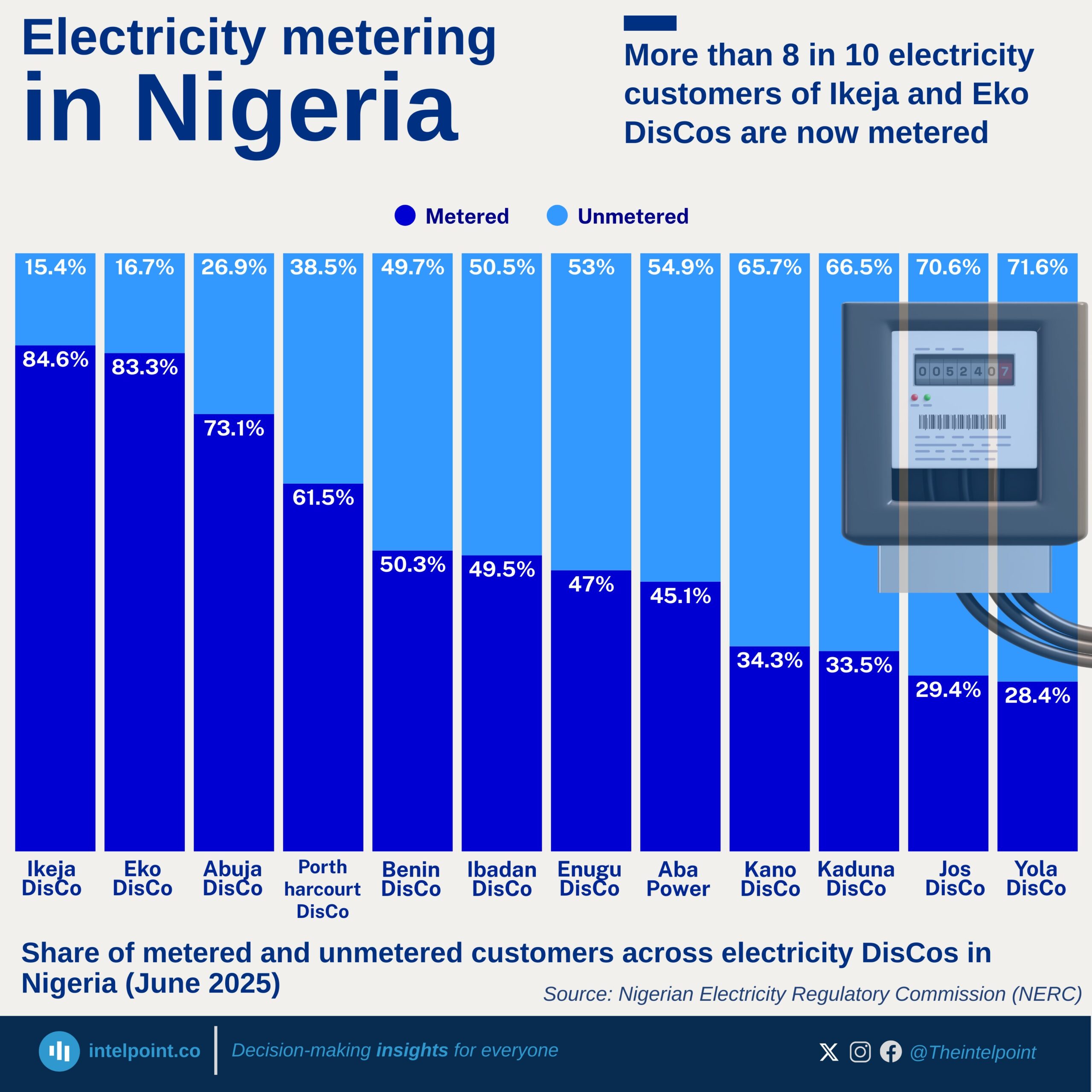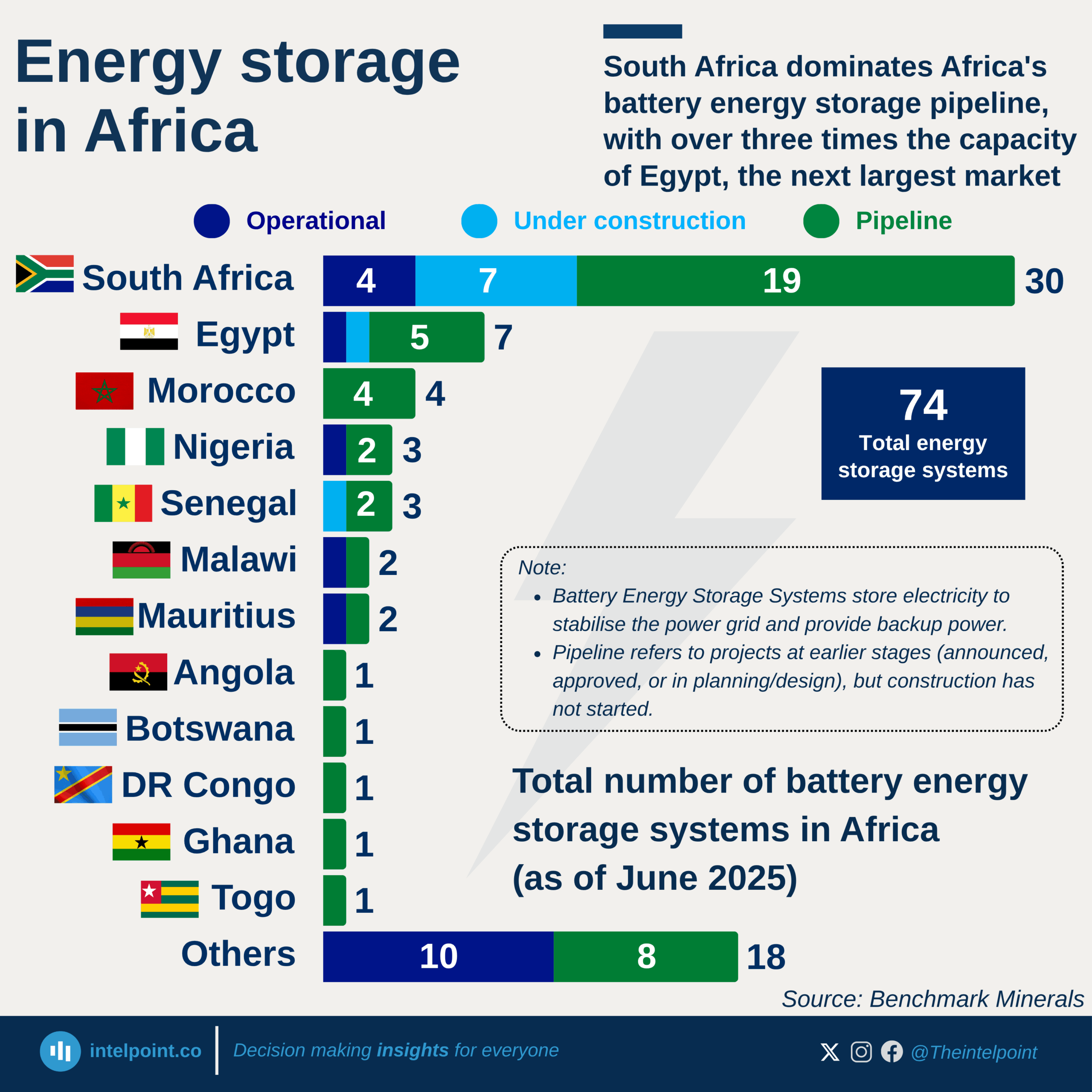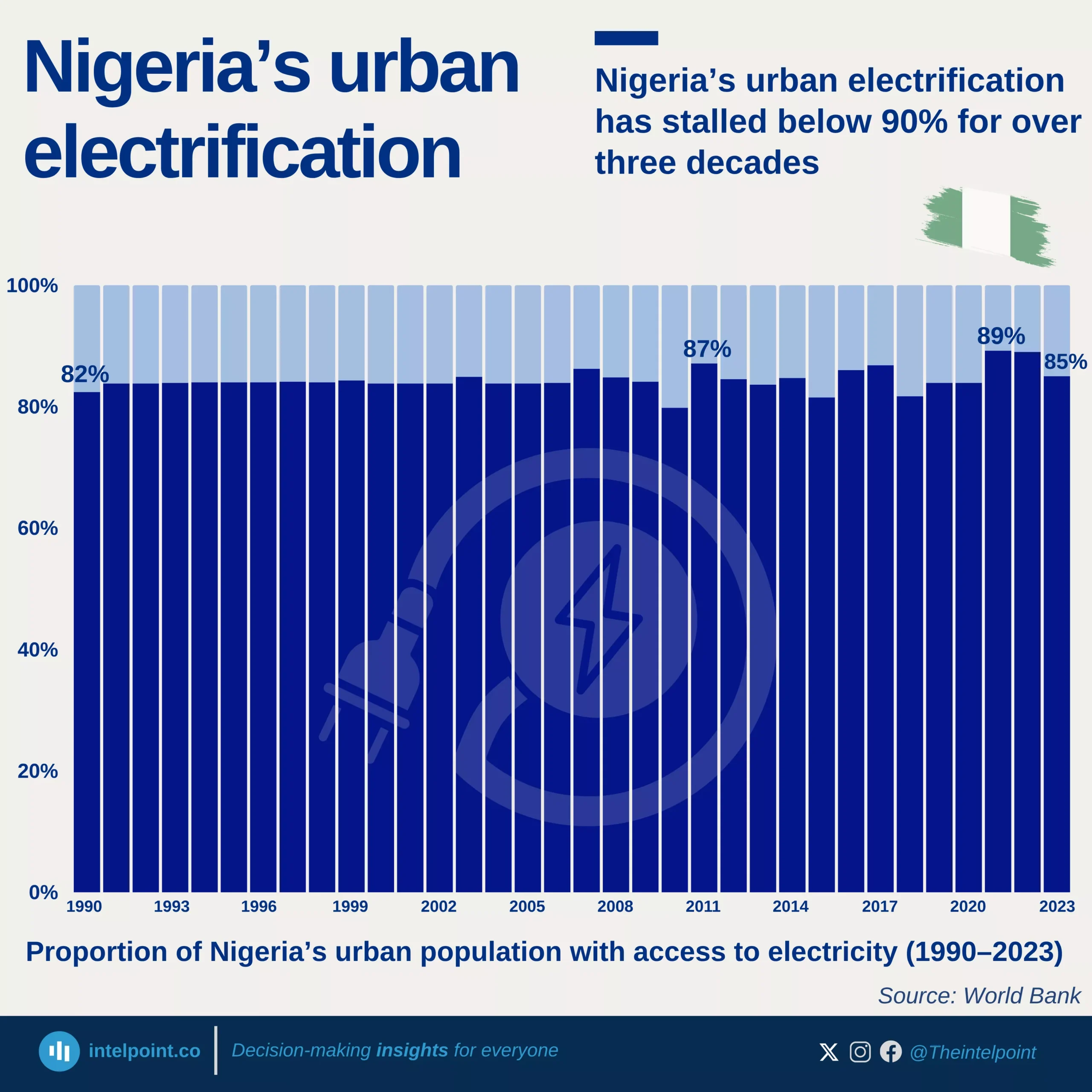Africa’s renewable energy sector has experienced steady growth in installed capacity over the last decade, increasing from 34.6 GW in 2015 to 70 GW by 2024. This shows a commitment to expanding clean energy infrastructure across the continent.
However, while the volume has more than doubled, Africa’s share of global renewable energy capacity has actually declined. This reveals a concerning trend: other regions are accelerating their investments and scaling up much faster than Africa.
